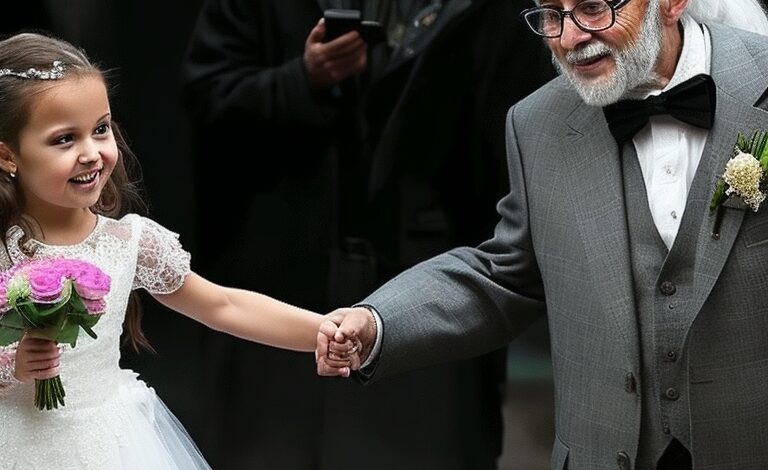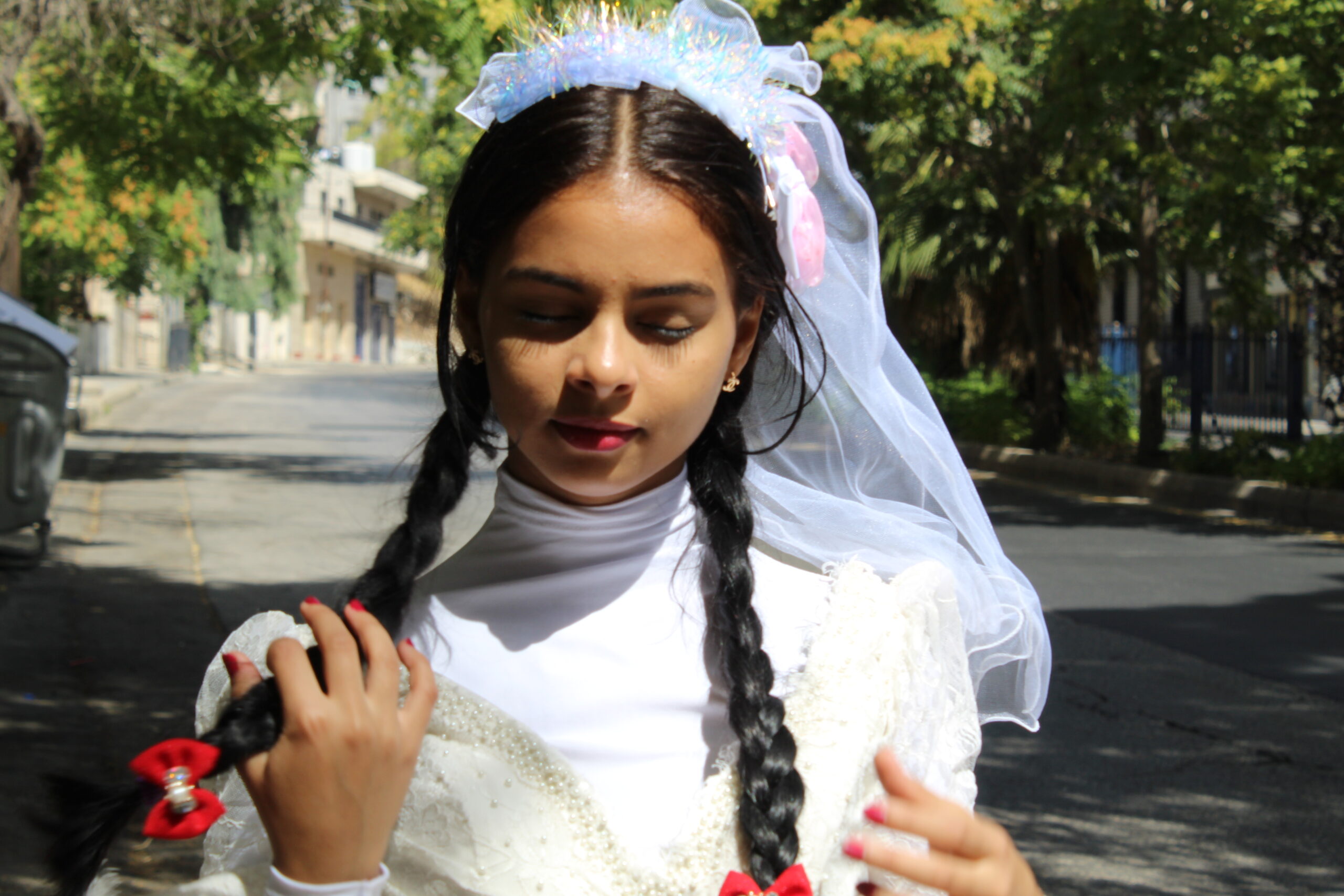Breaking the Cycle: Combating the Global Crisis of Child Marriage

Child marriage refers to the union in which one or both individuals are children or below the legal age of consent. Often, young girls are forced into marriage with older men, bringing them into an adult world for which they are ill-prepared. These girls are stripped of their right to education, personal development, and any sense of agency over their own lives.
One of the primary reasons behind child marriage is poverty. Families in impoverished communities may view marriages as a way to alleviate financial burdens, as they are relieved of the responsibility of providing for their daughters. In some cases, it is also driven by cultural and traditional norms, where early marriage is seen as the societal norm.
The consequences of child marriage are far-reaching and impact every aspect of a child’s life. Young girls who are married off at an early age are more likely to experience domestic violence, sexual abuse, and poor physical and mental health. They are also at a higher risk of complications during pregnancy and childbirth, as their bodies are not fully developed to handle such responsibilities.
Moreover, child marriage perpetuates a cycle of poverty. Girls who are married young are often unable to complete their education, limiting their opportunities for employment and financial independence. This further entrenches them in a cycle of poverty, making it difficult for them to break free from the oppressive grasp of their circumstances.
Ending child marriage requires a multi-faceted approach. Governments, NGOs, communities, and individuals all play a key role in eradicating this harmful practice. Legislation is crucial in establishing a legal framework that protects children and sets clear consequences for those who facilitate child marriages. Education and awareness programs can help change societal norms and challenge the deeply ingrained beliefs that perpetuate the practice.
Empowering girls with education and vocational training is also imperative. By providing them with the necessary skills and knowledge, they can become self-sufficient and make informed decisions about their lives. Additionally, access to healthcare and support services for victims of child marriage are essential in ensuring their well-being and providing them with opportunities for a better future.
In conclusion, child marriage is a violation of human rights that robs children of their childhood and life opportunities. We must all come together to eradicate this practice and ensure that every child is given the chance to grow, learn, and thrive. It is incumbent upon us to protect our children and create a future where child marriage is nothing but a distant memory.
Human right activist
Nada Foundation




